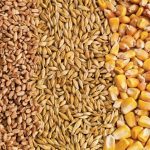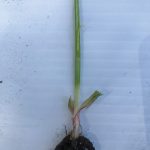U.S. and Canadian feeder cattle prices have been trending higher over the past year. As of late March, quality genetic steers with medium to lower flesh, averaging 950 pounds were valued at $244 in Central Alberta. Higher quality heifers with lower flesh were trading at an $18-$20 discount to steers. Calf prices were also nearing […] Read more













